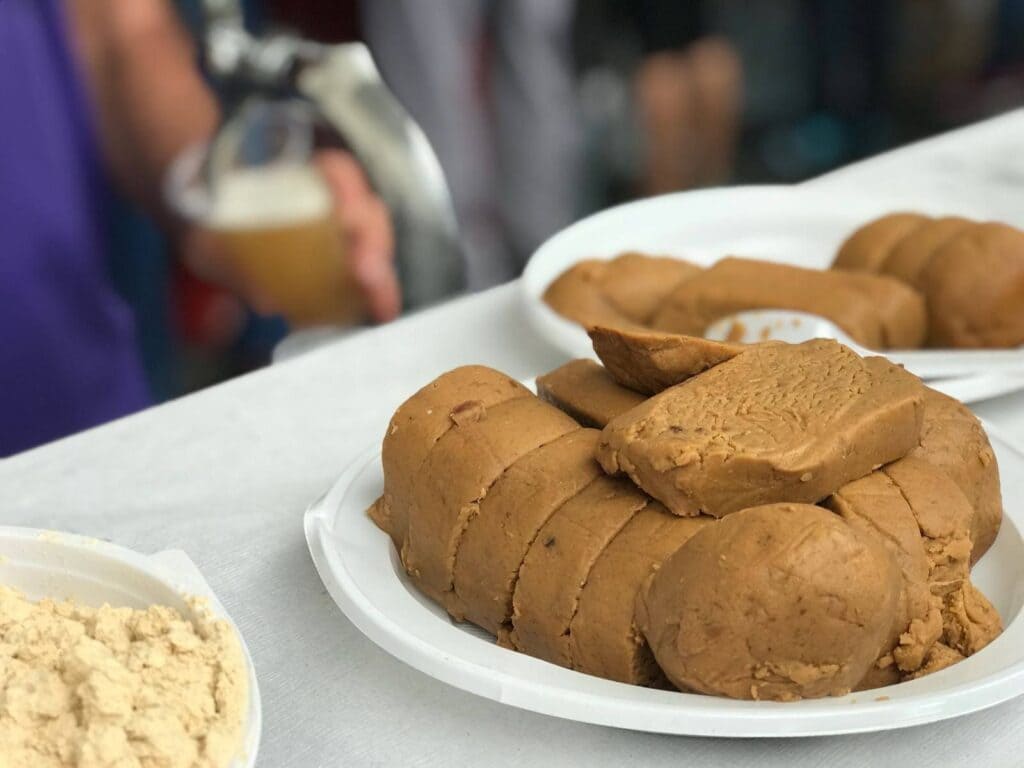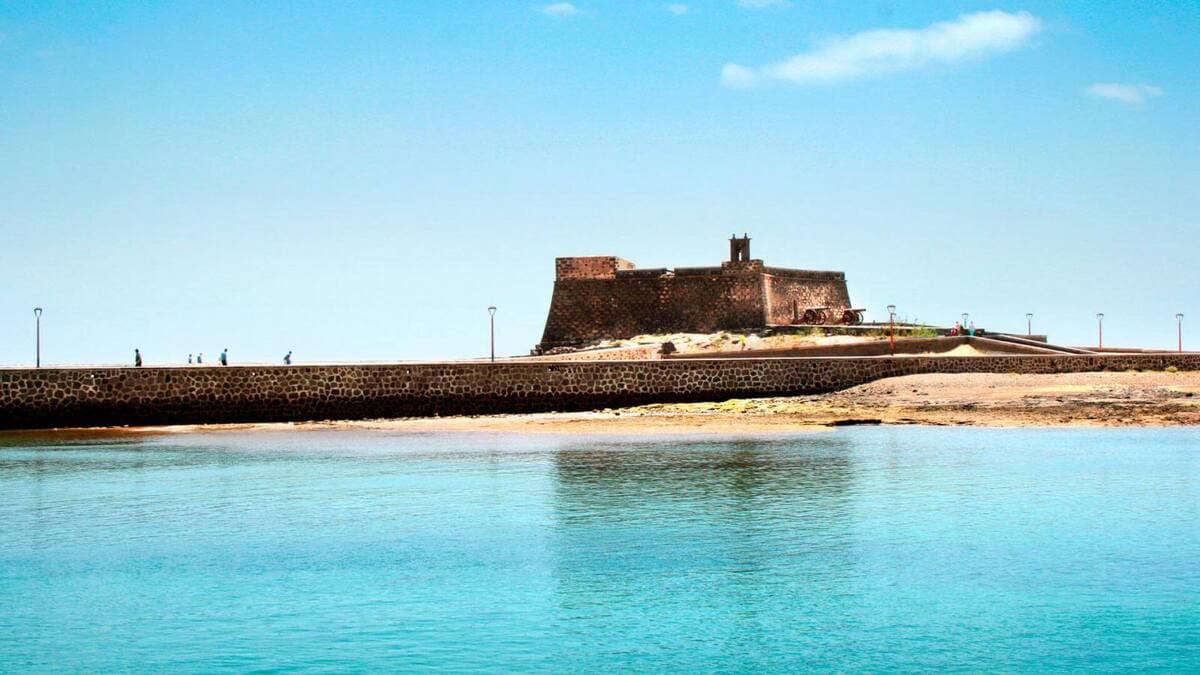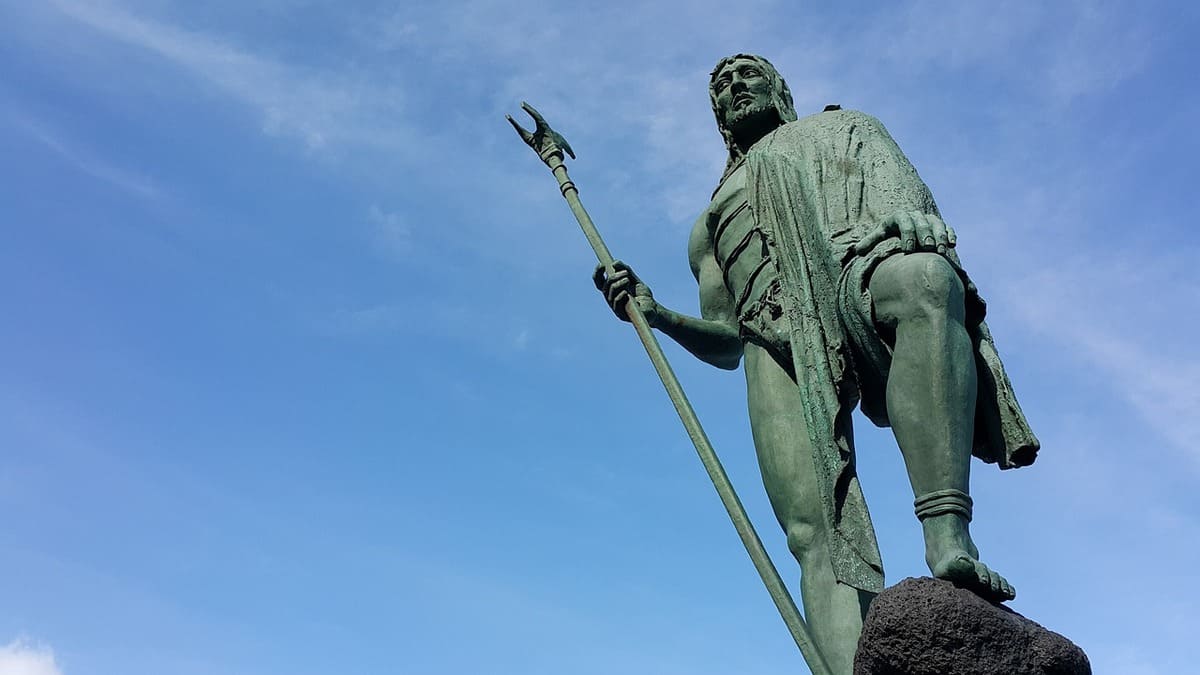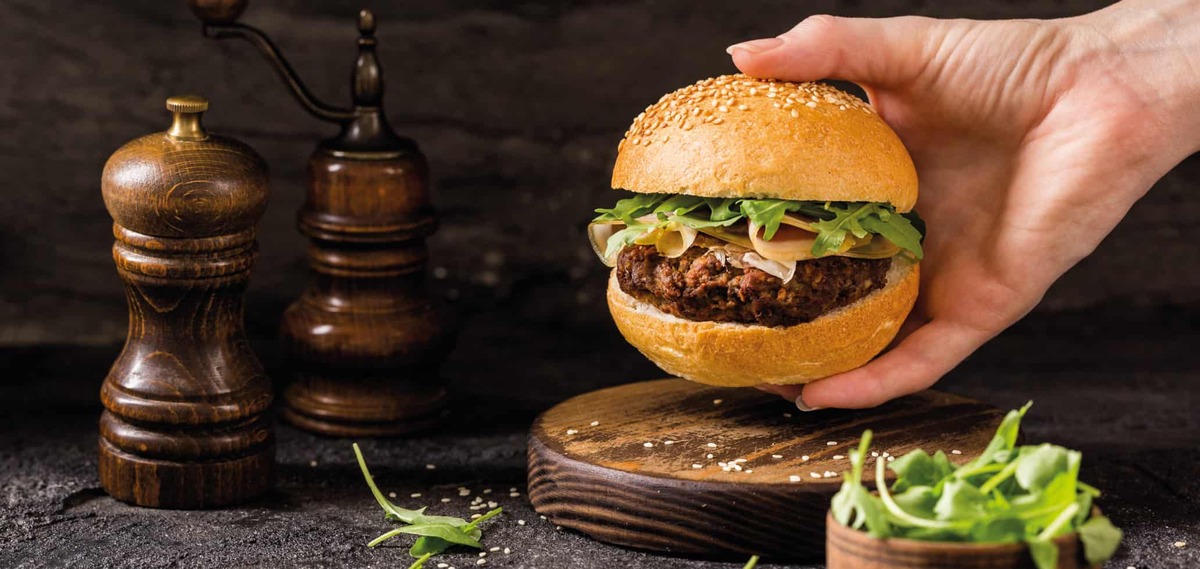Throughout history, the Canary Island palm tree has been used as raw material to make all kinds of everyday objects, from baskets to hats and bags. Also, brooms, lamps and bottle racks. The art of Canary Island basketry is deeply rooted in the archipelago and has been passed down from generation to generation through its artisans.
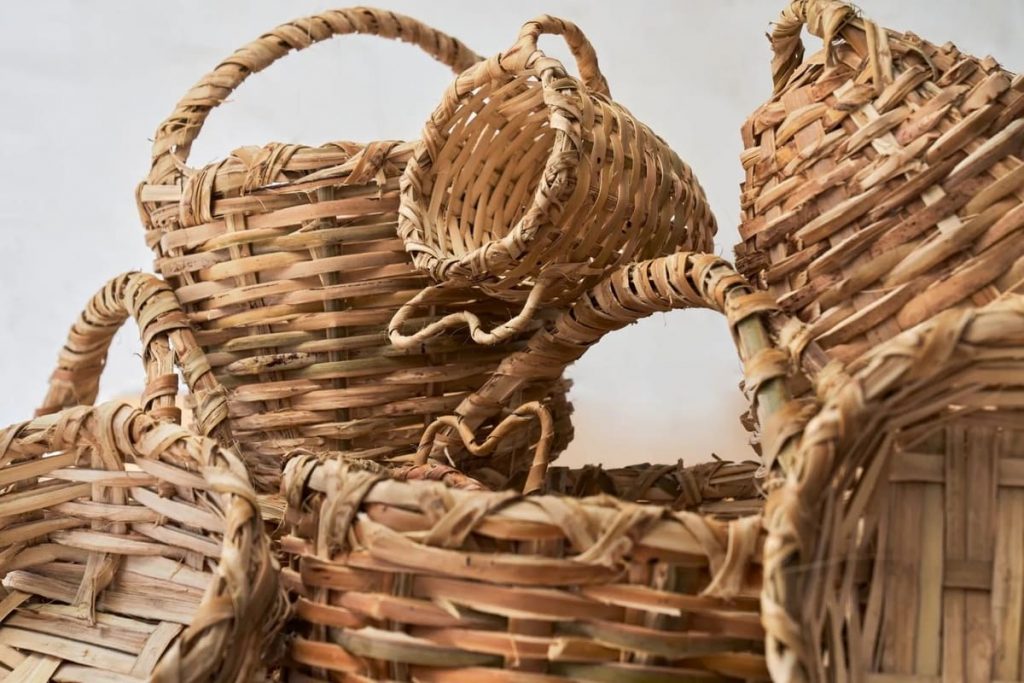
Canary basketry is an activity that is still being developed in the islands and has its beginnings in the prehistory of mankind. Cane basketry in the Canary Islands has been made since the first moments of colonization. Although, according to the archaeological remains found, the level reached by the indigenous populations in working with vegetable fibers was excellent.
Canary palm trees: the origin of Canary basketry
The leaves of the Canary Island palm tree are the raw material used by most of the artisans of the archipelago. The pírgano, the name by which the islanders refer to the central stem of the leaf, is the protagonist of Canary Island basketry. It is used to make pieces such as traditional hats and typical molds for making cheese called empleitas.
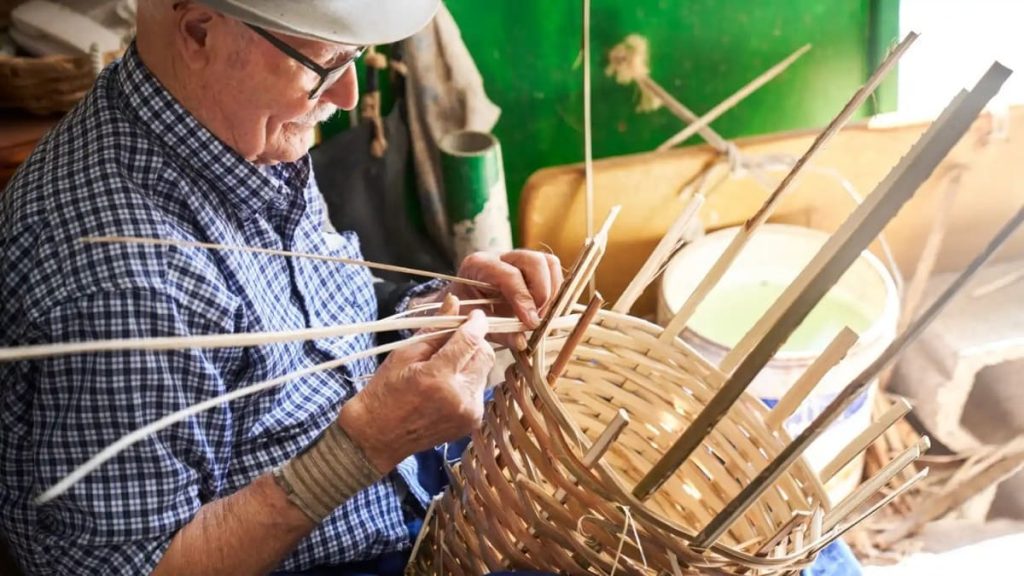
The pírgano also used to be used as a rod to guide livestock. It was also used in Canarian homes as a broomstick. But the creativity and skill of master craftsmen has also made it an essential element in the creation of basketry pieces and decorative objects.
An artisanal process
In addition to the organ, other raw materials used in the production of typical basketry are: cane, wicker or cane.
The master craftsmen make the products from palm leaves that they collect or buy in the palm groves of the Canary Islands. They wait for the season of the year when the leaves are green and flexible.
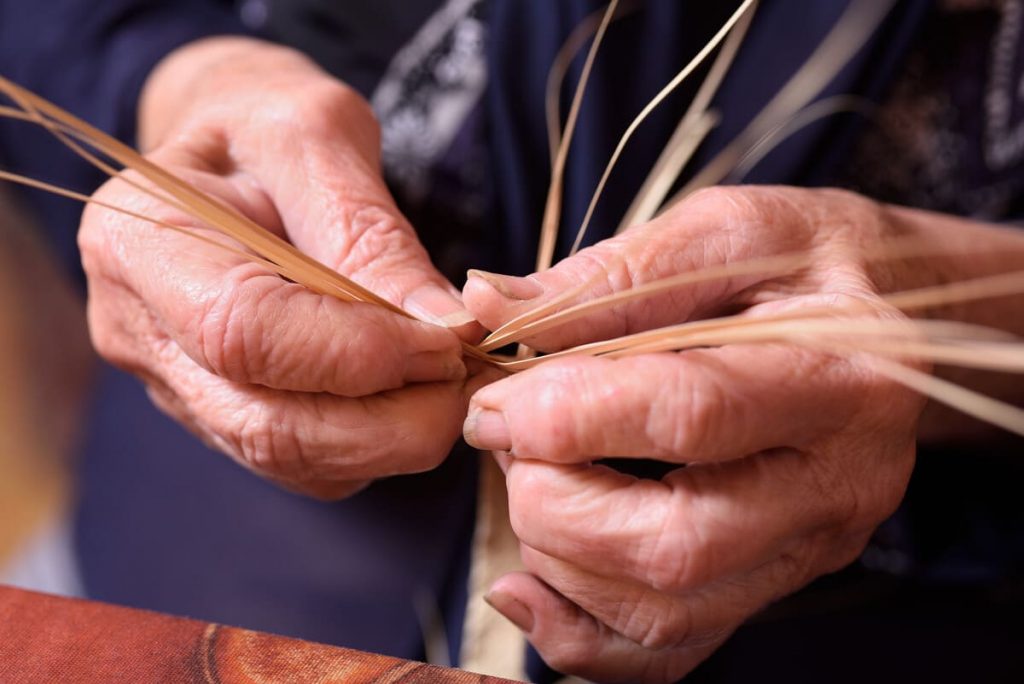
One of the first steps is to let the organ dry in the sun and then remove the hearts of palm. It is important that, during this process, the skin of the pírgano has not been lifted, because this way the final product will have greater robustness. In order to facilitate the braiding by hand, the pírganos are moistened in water. In the case of the baskets, the artisans start working from the base until, by lifting the walls, they end up shaping it.
Tools used in Canarian basketry
The most important tools of the basket maker are his own hands and his ability to make traditional Canarian basketry. The necessary tools are, on the one hand, for opening: wedges and wooden needles; for cutting: curved knives, knives, pruning shears; and for finishing: mallet, hammering table.
One tradition, different products
The result of this work are baskets and baskets of different sizes and shapes, depending on the function to be fulfilled. Among them we can highlight: barquetas, seretas, panaderas, bags, trays for clothes, baskets, etc.
All these pieces were used to cover labor and domestic storage and transportation needs. The baskets, which were usually large, were used in agriculture, livestock and construction. However, the smaller baskets were for domestic use.
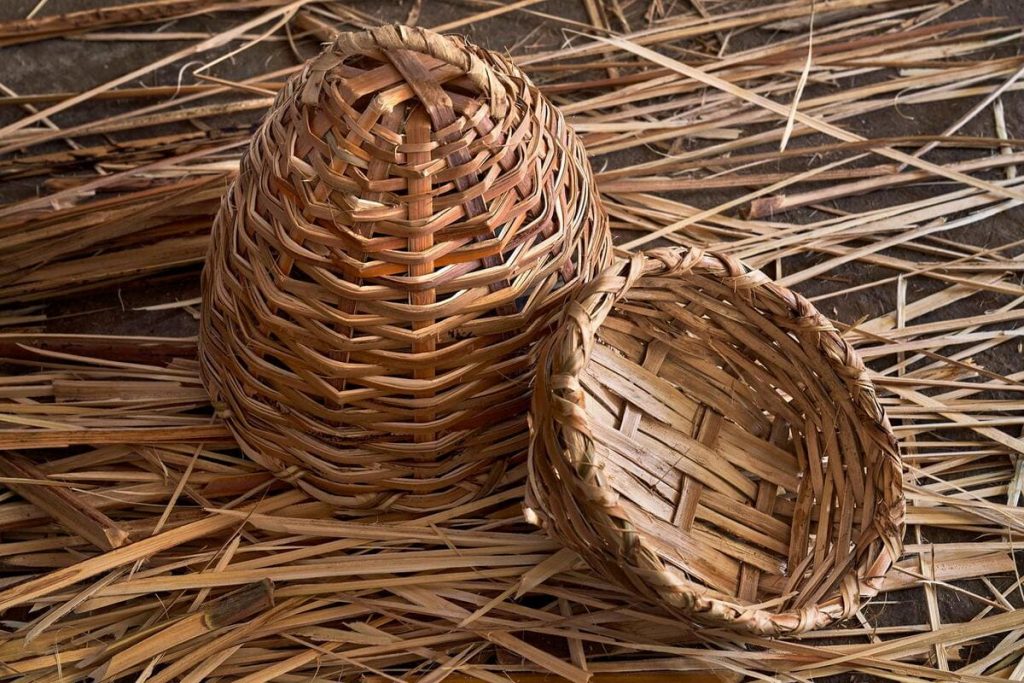
In this type of basketry, the decoration does not become a characterizing element. Only strips of broom, peach or date palm, which can be dyed red, are incorporated in the weaving, towards the middle of the walls of the piece, predominantly in the upper third.
Types of baskets and baskets
Baskets. They usually have a square bottom, round mouth and a single semicircular handle. They were used for shopping, picking fruit or storing objects.
Baskets. Square bottom, almost round mouth and two small handles on the rim. It used to be used in agricultural tasks.
Barquetas. Flat and elongated, with a single handle that goes from one end of the piece to the other. Used to sell fruit, flowers or fish.
Seretos. These are boxes with lids, made entirely of cane. Depending on their size, the large ones were used to store clean clothes, while the small ones were used as sewing boxes.
Baskets. Large baskets with a square base for agricultural tasks.
If you want to know more about Canarian instruments and craftsmanship, here are some links that may be of interest to you: The legacy of the traditional Canarian ceramics; Timple, know the history of the Canarian instrument; The Canarian fretwork, insignia of the island craftsmanship.
Paula Vera
Photos: vogue.es; elespanol.com; tenerifeartesania.es
